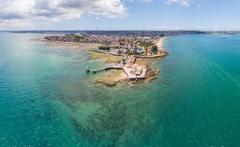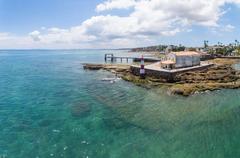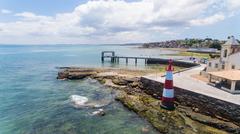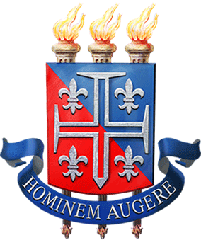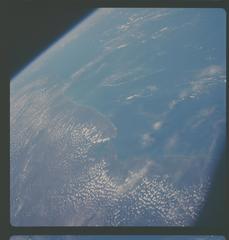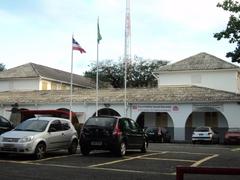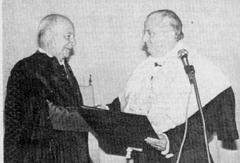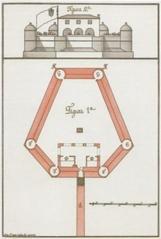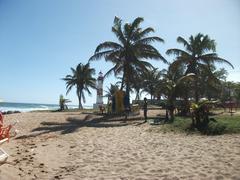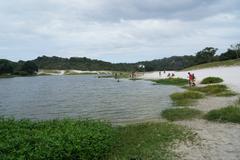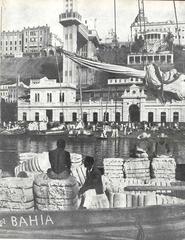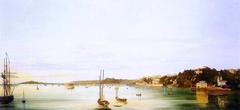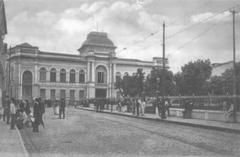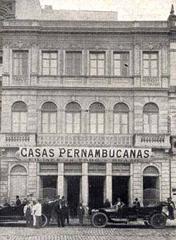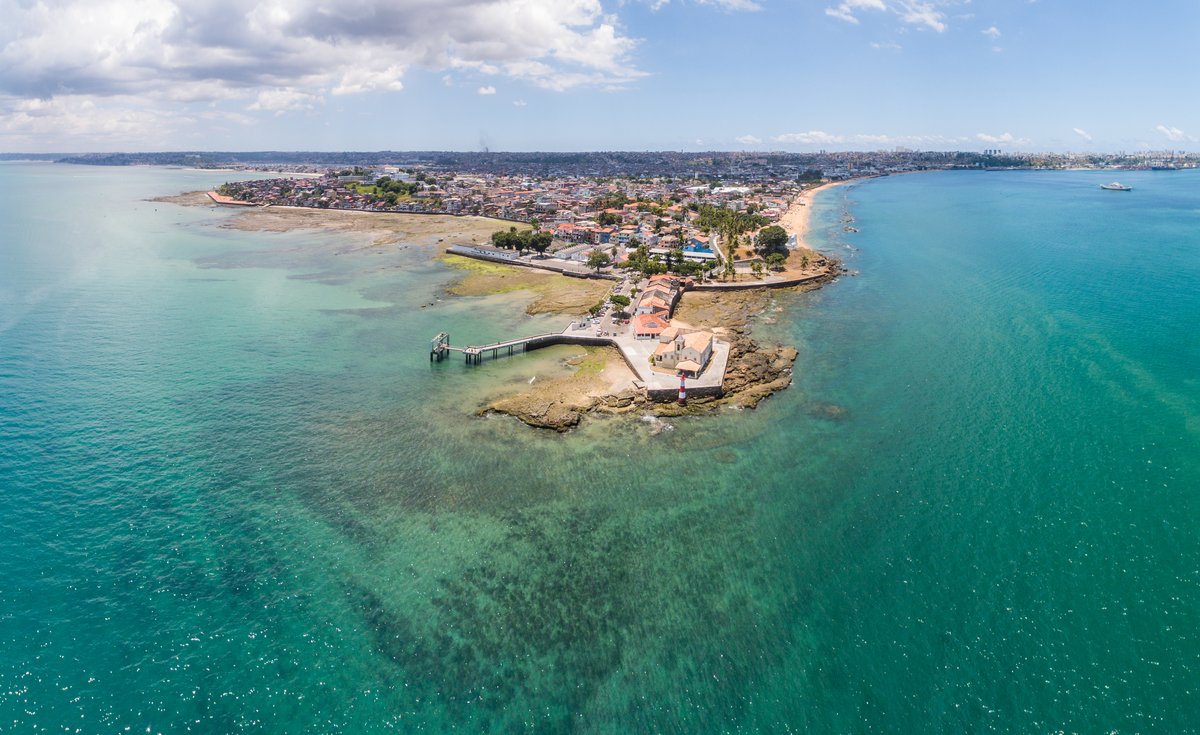
Visiting Ponta do Humaitá: Hours, Tickets, and Historical Sites in Salvador
Date: 18/07/2024
Introduction
Discover the captivating blend of history and culture at Ponta do Humaitá, a picturesque peninsula located in Salvador, Brazil. Jutting out into the All Saints Bay, Ponta do Humaitá is a treasure trove of historical significance, offering visitors a unique glimpse into the region’s colonial past and maritime heritage. This guide will provide you with all the necessary information, from visiting hours and ticket prices to travel tips and nearby attractions, ensuring you make the most of your visit to this enchanting site.
Table of Contents
- Introduction
- Early Fortifications and Colonial Defense
- A Beacon for Seafarers - The Lighthouse and Maritime Legacy
- Religious Symbolism and Cultural Heritage
- From Military Outpost to Public Space
- Visitor Information - Tickets, Hours, and Tips
- Nearby Attractions and Accessibility
- Special Events and Photographic Spots
- Conclusion
- FAQ
Early Fortifications and Colonial Defense
The history of Ponta do Humaitá as a strategic defensive point dates back to the early 17th century. Recognizing the peninsula’s advantageous position, the Portuguese constructed the Fort of Santo Alberto in 1612. This fortification served as a crucial defense against potential Dutch invasions, a constant threat during this era of colonial rivalry. The fort’s presence helped secure the bay, safeguarding the city of Salvador, then the capital of colonial Brazil, and its vital port.
A Beacon for Seafarers - The Lighthouse and Maritime Legacy
Beyond its defensive role, Ponta do Humaitá also became a beacon for maritime navigation. In 1839, the Monte Serrat Lighthouse was erected on the peninsula, guiding ships safely into the bay. This lighthouse, with its distinctive red and white stripes, remains an iconic landmark today, a testament to the area’s enduring connection to the sea. The presence of the lighthouse further solidified Ponta do Humaitá’s importance in facilitating trade and communication, establishing Salvador as a major port city.
Religious Symbolism and Cultural Heritage
Ponta do Humaitá’s significance extends beyond its military and maritime past. The peninsula is also home to the Church of Monte Serrat, a beautiful example of colonial Baroque architecture. Built in the 18th century, the church became a focal point for religious expression and community life. Its location, overlooking the bay, added a layer of spiritual symbolism, making it a place of pilgrimage and reflection. The church’s annual festival, dedicated to Our Lady of Monte Serrat, is a vibrant display of faith and tradition, attracting locals and tourists alike.
From Military Outpost to Public Space
The 19th century saw a shift in Ponta do Humaitá’s role. With the decline of maritime threats, the peninsula gradually shed its military significance. The area transformed into a more public space, attracting residents and visitors with its stunning views and tranquil atmosphere. The construction of parks and promenades further enhanced its appeal, making it a popular destination for leisurely strolls and social gatherings.
Visitor Information - Tickets, Hours, and Tips
Ponta do Humaitá is open to visitors year-round. There is no admission fee to explore the peninsula, making it an accessible destination for all. The best time to visit is during the day when the lighthouse and church are open to the public. Guided tours are available and can provide a deeper understanding of the site’s rich history.
Visiting Hours:
- Monte Serrat Lighthouse: 9 AM - 6 PM daily
- Church of Monte Serrat: 8 AM - 5 PM daily
Tickets:
- Entrance to the peninsula and main attractions is free.
Travel Tips:
- Wear comfortable walking shoes as the terrain can be uneven.
- Bring water and sunscreen, especially during the warmer months.
- Check the weather forecast before your visit to ensure a pleasant experience.
Nearby Attractions and Accessibility
While in Salvador, consider visiting other historical sites such as the Pelourinho district, the Mercado Modelo, and the Elevador Lacerda. Ponta do Humaitá is easily accessible by car or public transport, with ample parking available nearby.
Special Events and Photographic Spots
The Church of Monte Serrat hosts an annual festival dedicated to Our Lady of Monte Serrat, a vibrant event filled with music, dance, and traditional foods. The peninsula also offers numerous photographic opportunities, from panoramic views of the bay to the striking architecture of the lighthouse and church.
Conclusion
Ponta do Humaitá stands as a captivating blend of historical significance and recreational charm. The remnants of its fortified past, including cannons and ramparts, offer glimpses into a bygone era. Visitors can explore these historical vestiges, imagining the peninsula’s strategic importance in centuries past. The well-preserved Monte Serrat Lighthouse continues to function, its beam sweeping across the bay, a reminder of the area’s maritime heritage.
The Church of Monte Serrat, with its ornate interior and peaceful ambiance, remains a place of worship and cultural significance. Its location, perched atop the peninsula, provides breathtaking panoramic views of the bay and the city beyond, making it a popular spot for photography and contemplation.
Ponta do Humaitá’s transformation into a public space continues to attract residents and tourists alike, providing a tranquil setting for leisurely strolls, social gatherings, and cultural experiences. As you plan your visit, remember to take advantage of the guided tours available, explore nearby historical sites, and immerse yourself in the local atmosphere. Ponta do Humaitá’s natural beauty, combined with its historical and cultural richness, makes it a must-visit destination in Salvador, offering a unique perspective on the city’s captivating past and present.
FAQ
Q: What are the visiting hours for Ponta do Humaitá?
A: The Monte Serrat Lighthouse is open from 9 AM to 6 PM daily, and the Church of Monte Serrat is open from 8 AM to 5 PM daily.
Q: Is there an entrance fee for Ponta do Humaitá?
A: No, entrance to the peninsula and its main attractions is free.
Q: Are there guided tours available?
A: Yes, guided tours are available and can provide a deeper understanding of the site’s rich history.
Q: What should I bring when visiting Ponta do Humaitá?
A: It’s recommended to wear comfortable walking shoes, bring water and sunscreen, and check the weather forecast before your visit.
Visit and Stay Up to Date
Stay connected with the latest updates about Ponta do Humaitá by following our social media channels. Download our mobile app Audiala for more travel tips and exclusive content. Don’t miss out on exploring other related posts on our website for a comprehensive guide to Salvador’s historical sites.
